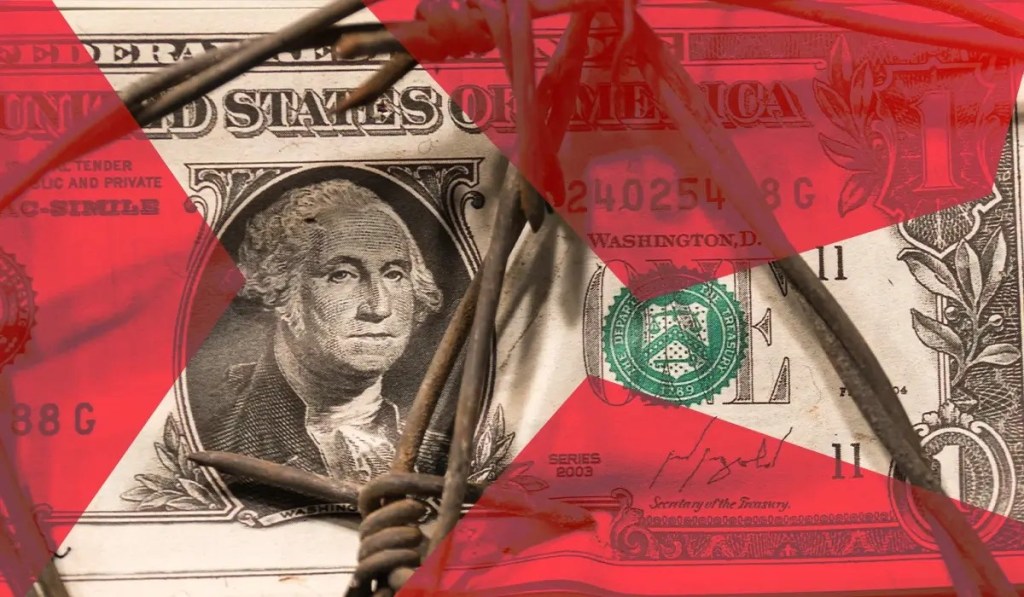Consumer prices continued to climb, but at a slower pace in December, marking the sixth straight month of cooling inflation numbers. A slowdown in the pace of inflation is welcome news after the Federal Reserve raised interest rates to the highest level in over a decade.
The Consumer Price Index (CPI) rose by 6.5% in December compared to one year ago. That is the smallest 12-month increase since the year ending in October 2021, according to data released Thursday by the Bureau of Labor Statistics (BLS).
The year-over-year increase can be attributed to large annual jumps in the indexes for food (+10.4%), energy (+7.3%), and shelter (+7.5%).
The CPI fell 0.1% On a monthly basis in December after increasing 0.1% in November.
“Prices fell from November, the first monthly decline since May 2020, a welcome sign for consumers,” Lisa Sturtevant, the chief economist at Bright MLS, said in a statement. “Easing inflation indicates that the Federal Reserve rate hikes are having the intended impact. The surprisingly steady labor market, suggested by the recent strong employment report, is providing greater optimism that the Fed may achieve the desired soft landing.”
The index for gasoline was by far the largest contributor to the month-over-month decrease in the all items index, with gas prices falling 9.4% from the month prior and 1.5% from a year ago.
Thanks to the gas index’s decrease, the energy index fell 4.5% month over month after recording a 1.6% monthly drop in November. This decrease came despite month-over-month increases in electricity (+1.0%) and natural gas (+3.0%).
On a yearly basis, the energy index was up 7.3% thanks to sharp increases in the natural gas index (+19.3%), the electricity index (+14.3%), and the fuel oil index (+41.5). Overall, however, the energy index’s increase was smaller than it was for the year ending in November 2022.
The all items less food and energy index was up 0.3% in December and 5.7% year over year due to increases in the shelter index.
Month over month, the shelter index was up 0.8%, with increase of 0.8% in the rent index and 0.8% in the owners’ equivalent rent index. Compared to a year ago, the shelter index was up 7.5% in December.
“Despite the positive overall inflation report, housing costs continue to run hot and will continue to put upward pressure on the overall price measure well into 2023,” Sturtevant said.
The shelter index’s 7.5% jump year over year was responsible for more than half of the total annual increase of the all items less food and energy index. Other indexes with notable increases over the last year include household furnishings and operations (+6.7%), medical care (+4.0%), new vehicles (+5.9%), and recreation (+5.1%).
The indexes that rose month over month in December include shelter (0.8%), household furnishings and operations (0.3%), motor vehicle insurance (0.6%), recreation (0.2%), and apparel (0.5%), while the indexes for used cars and trucks (-2.5%), and airline fares (-3.1%) were among those that decreased over the month.
While inflation has slowed, Sturtevant believes the Fed’s interest rate hike plan will not be impacted.
“Chairman Powell has repeatedly emphasized the priority of bringing inflation down, even if it causes short-term economic pain,” she said. “The positive inflation and employment data will not interrupt the Fed’s rate hike program, but it offers hope that the Fed could be closer to achieving its price stability goals and could slow rate increases. With the inflation rate falling for five consecutive months, the Fed may be able to pause rate increases by the middle of the year. With less pressure on the Federal Reserve, mortgage rates have likely hit their peak for the cycle and will now start to come down slowly. Both buyers and sellers will begin to accept the “new normal” of the 2023 housing market—which includes mortgage rates around 6%–and we should see more activity from both buyers and sellers as we head into the spring.”





